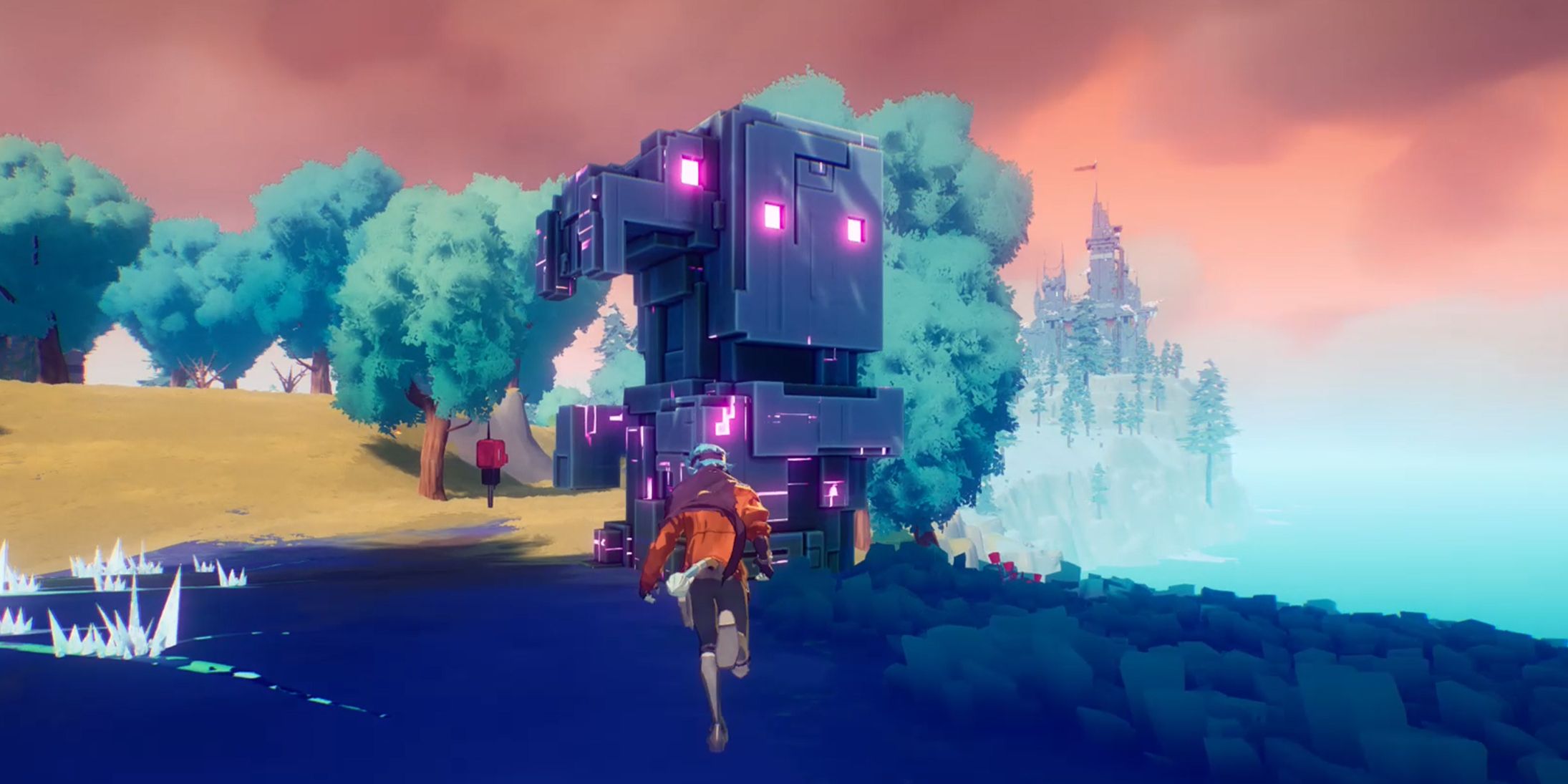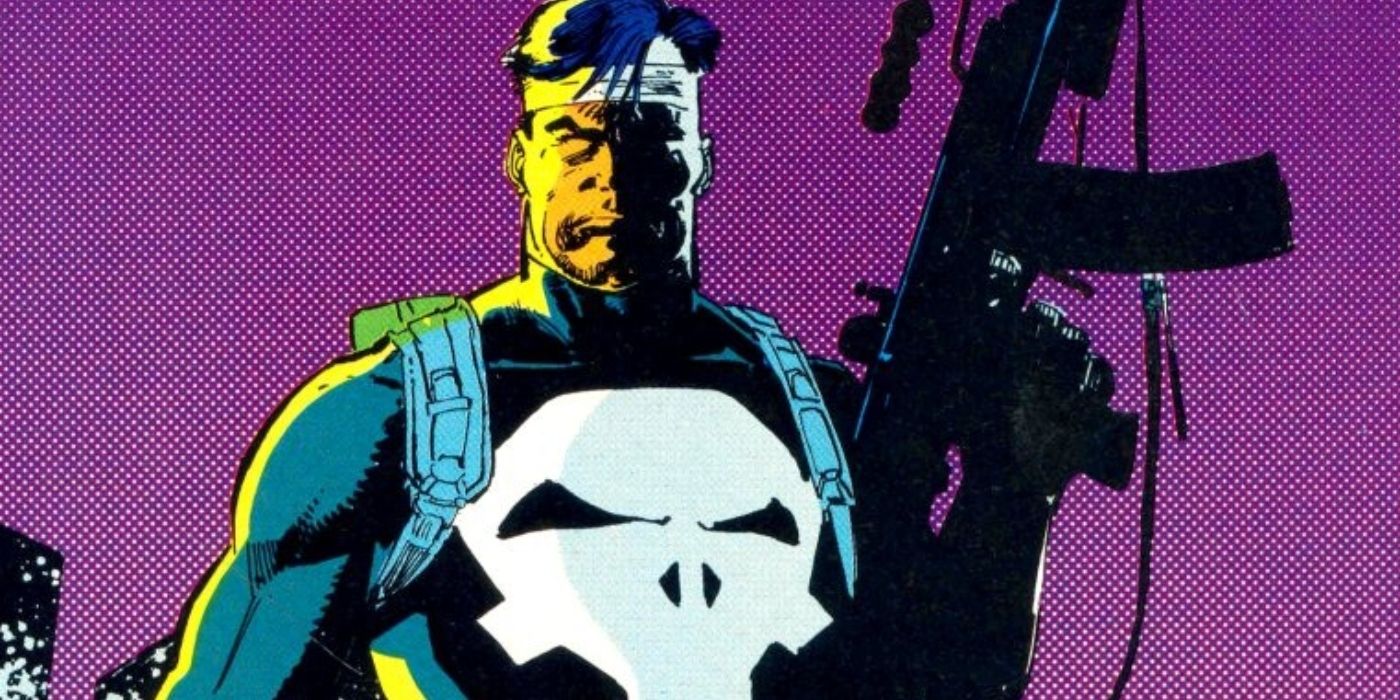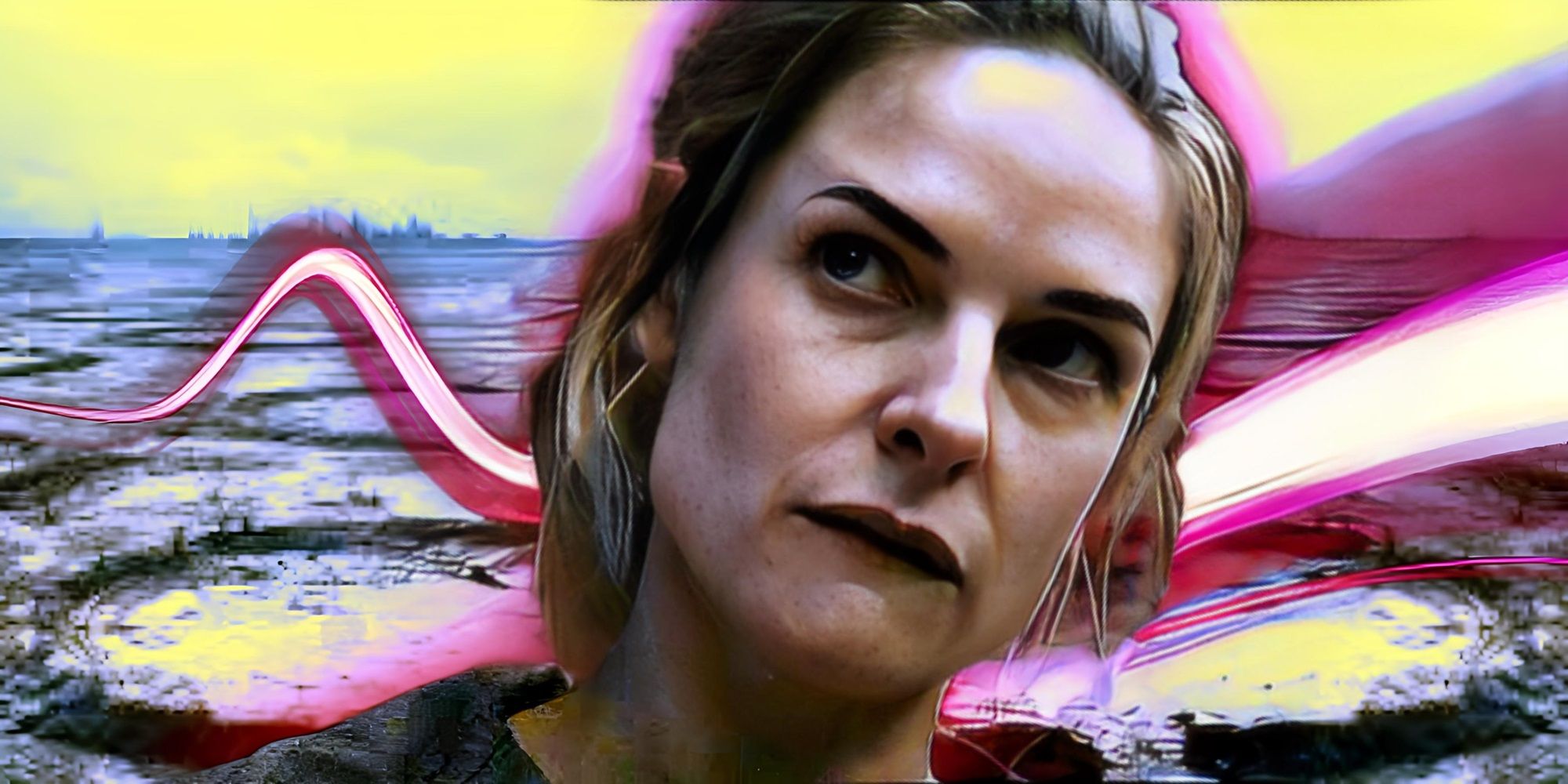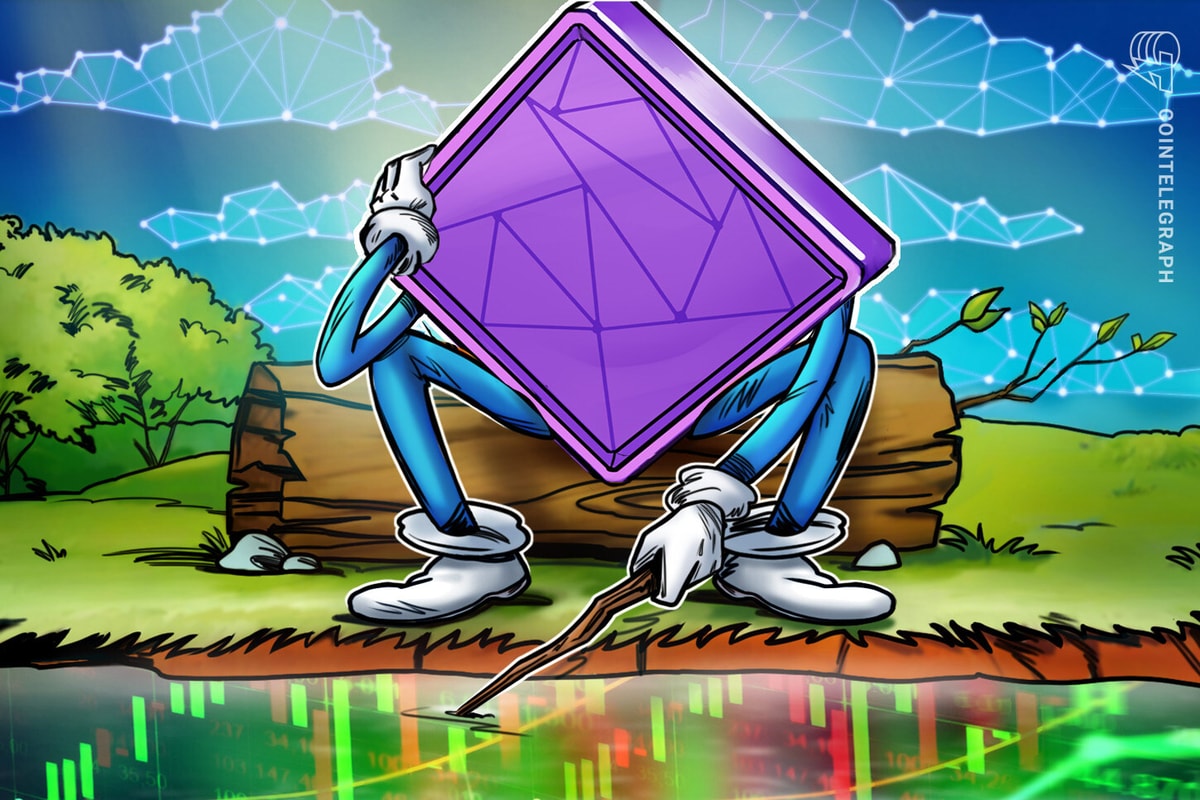To make Paramount and Hasbro’s first fully CG-animated Transformers movie, Academy Award-winning director Josh Cooley (“Toy Story 4”) turned to Industrial Light & Magic, the visual effects studio behind the franchise’s live-action movies.
The first challenge to making “Transformers One” was defining the overall look, which in this case involved a design philosophy that was more rooted in the original “Generation One” toys and cartoons than the live-action series.
VFX supervisor Frazer Churchill elaborates that it’s a “more simplistic look than the Transformers live-action movies, like humanoid faces and simpler lines. … Somewhere between animation and live action.” He adds that working with Cooley and production designer Jason Scheier, they coupled this with a “cinematic” look — for instance, with shallow depth of field and backlighting. “We [leaned] into the sort of live-action techniques for lighting and camera,” he explains.
Set on Cybertron, “Transformers One” is the origin story of how Optimus Prime (voiced by Chris Hemsworth) and Megatron (Brian Tyree Henry) go from the closest friends to sworn enemies. That meant that the bots needed to show a range of emotions. “It was very important to Josh that they were able to emote and have that human emotion ability even though they are robots. And it’s important to him for the audience to be able to connect with them on that level,” says animation supervisor Stephen King. “We really spent a lot of time working on the animation so that the audience connects with them.” That included non-verbal acting, he adds, “that sort of acting that isn’t on the page, so that you can really feel them think and process things that are happening to them in
great detail.”

While both lead characters evolve during the course of the story, in the early part of the film, King aimed to bring a more “youthful naivete” to the performances. “They aren’t weighed down by thousands of years of war and conflict and hate like the characters that we know from other iterations. There’s still a level of optimism. We really tried to capture that in their movements and just how they interact with each other.”
Of course, they also needed to transform. Lead character designer Amy Beth Christenson relates that the team meticulously crafted this in 3D, “making sure that the scale and the parts between them being robots and their vehicle designs [matched].”
The bots had to believably live on the planet of Cybertron, which also had to be designed. That includes the vast metropolis Iacon and the planet’s rugged surface.
Iacon, Frazier relates, has various influences, from art deco for a sort of “retro futurism” to the architectural photography of Hugh Ferriss. “There’s a number of different influences that came to bear on that, but then it had to feel like we lit it in a way that made it feel happy and hopeful.”
Sections of the city included the slightly grungy miners district for which they gave textural detail “to make it feel worn and used and kind of old in that slightly sort of ‘Blade Runner’-esque way.”
Cybertron is made of metal, so the team leaned into various types of metal to create the rough surface. “One of the first jobs was to design a materials library to construct everything from and to have lots of different styles and types of metal,” Frazier says. The world-building also included fine touches such as vegetation, “which, in the lore of Transformers, arrived on some kind of meteor,” he says.









 English (US) ·
English (US) ·